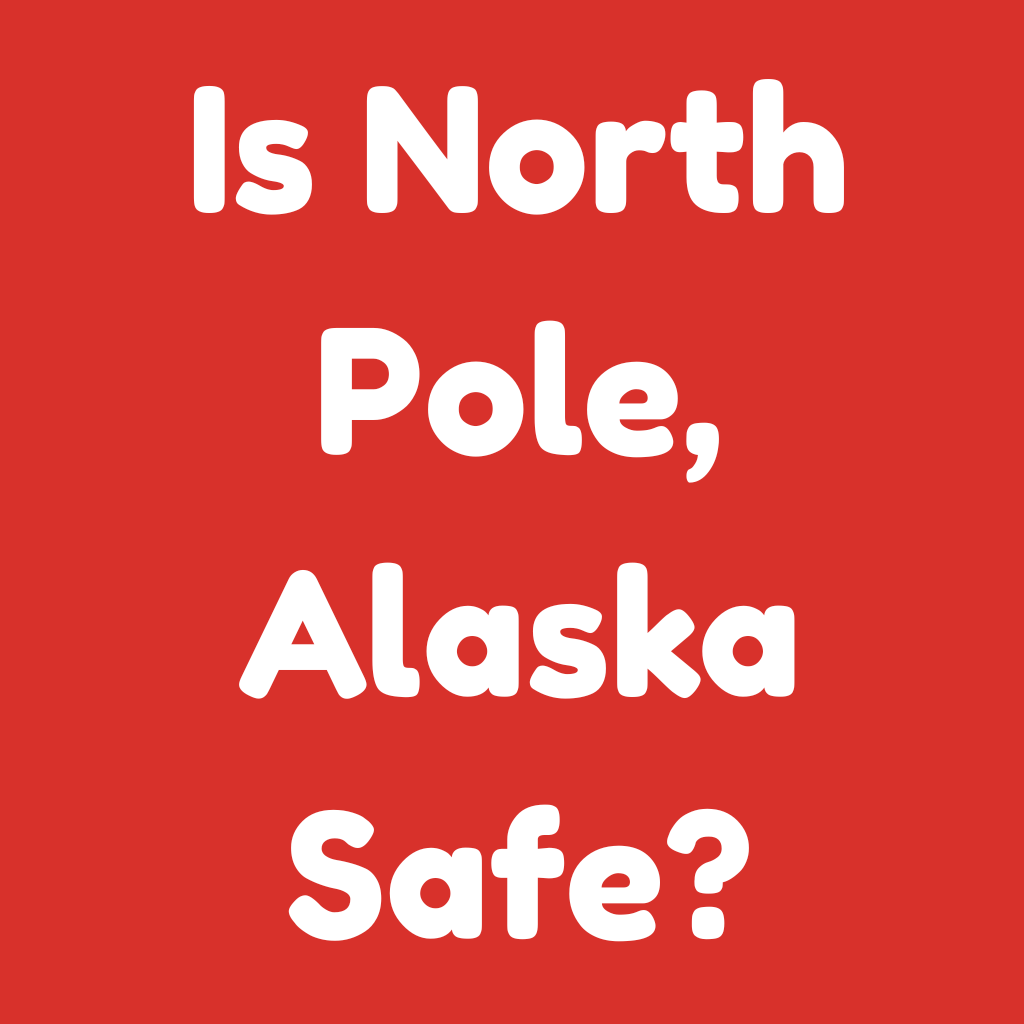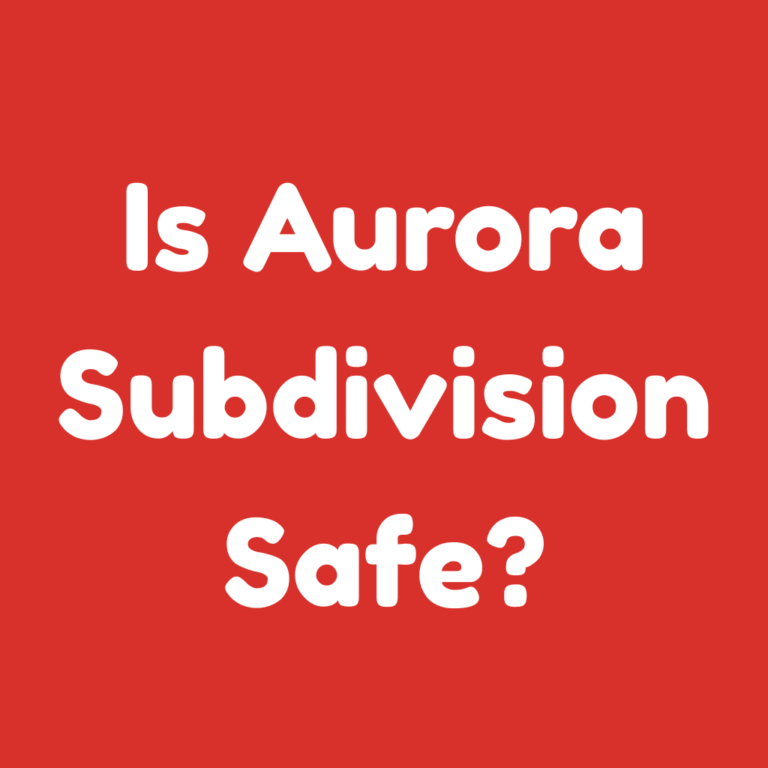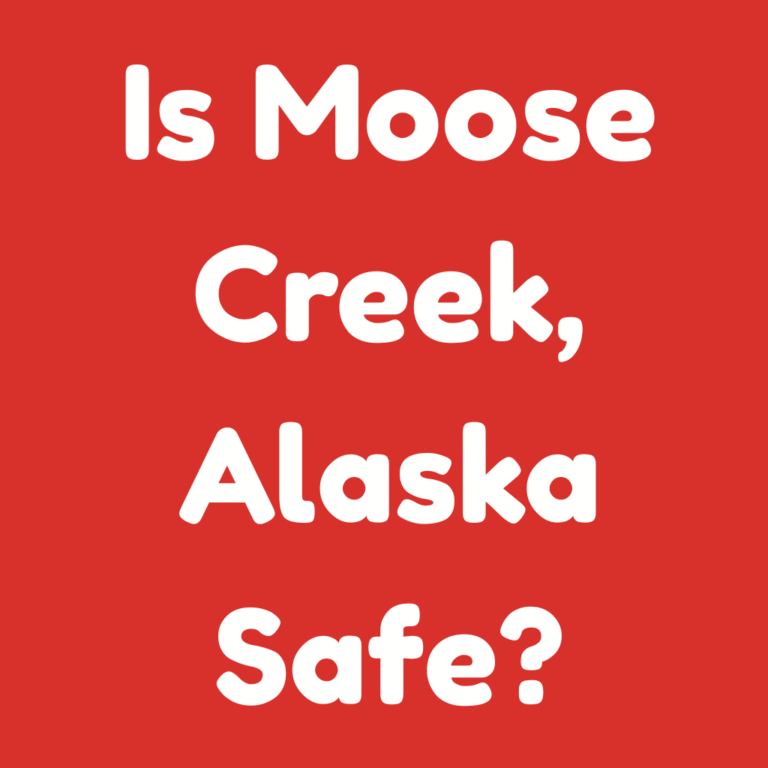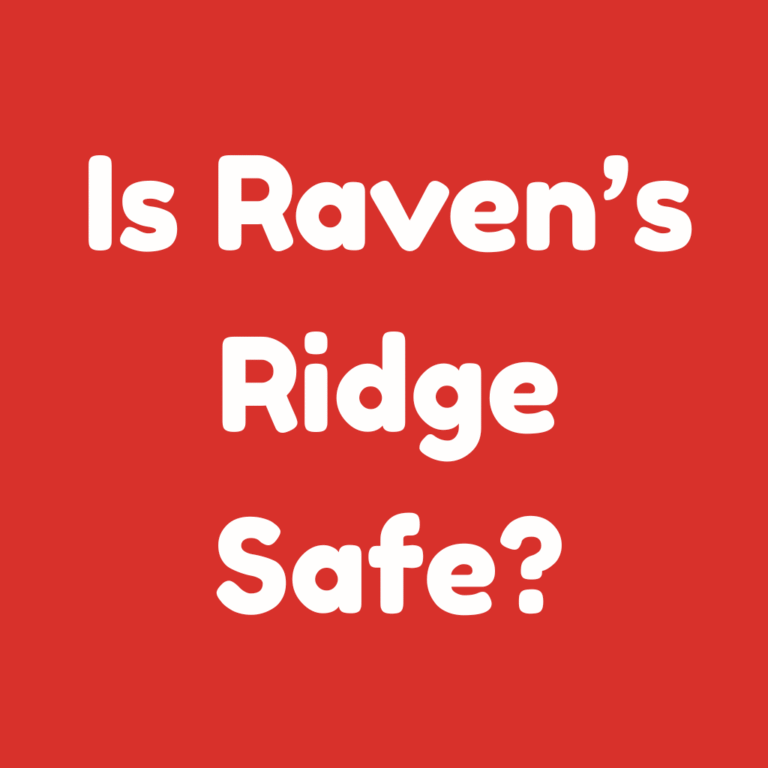Is North Pole, Alaska Safe?
If you’re like me, the idea of traveling to the North Pole is both exciting and intimidating.
The allure of snow-covered landscapes, the chance to see polar bears in their natural habitat, and the thrill of standing in a place that feels like the very end of the Earth, all call to the adventurer in us.
But there’s one burning question: Is North Pole, Alaska safe for travelers?
In this post, I’ll dive deep into the safety aspects of visiting the North Pole in Alaska, including potential risks, how to stay safe, and tips on what to expect during your visit.
Whether you’re planning a short trip or an extended stay in this frozen paradise, I’ll share everything you need to know to ensure your adventure is memorable for all the right reasons.
The Allure of the North Pole: What’s It Like to Visit?
Before we get into the safety details, let’s set the scene. The North Pole in Alaska is unlike any other destination.
Located above the Arctic Circle, this region is an untouched wilderness where snow and ice reign supreme for much of the year.
Temperatures can dip below freezing year-round, and the environment can be harsh, especially during the winter months.
However, despite its remote location and challenging conditions, Alaska’s North Pole is a popular spot for tourists who want to experience the ultimate Arctic adventure.
General Safety Concerns in Alaska
Alaska is known for its extreme weather conditions, so safety is a top concern for anyone visiting. But don’t let the harshness of the environment scare you off. With the right preparation and knowledge, it’s an experience you’ll never forget.
Weather and Temperature
The first thing you need to know is that the North Pole, Alaska, is extremely cold, even in the summer.
Average temperatures can range from 20°F (-6°C) in winter to 50°F (10°C) in summer.
While it’s not always freezing, the cold can still catch you off guard if you’re not dressed appropriately. Wearing layers is crucial, as it will help you adjust to the fluctuating temperatures.
Here’s a breakdown of what you can expect during different seasons:
| Season | Average Temperature | What to Expect |
| Winter | -20°F to -40°F | Extreme cold, heavy snowfall |
| Spring | 10°F to 30°F | Still cold, melting snow |
| Summer | 30°F to 50°F | Milder, long daylight hours |
| Fall | -10°F to 20°F | Chilly, beginning of snow |
Wildlife and Risks
The wildlife in Alaska, especially in the more remote areas near the North Pole, can be a concern. Bears, wolves, and other large animals roam freely, and while encounters are rare, they are possible.
It’s essential to keep a safe distance from wildlife and never approach them. Many guided tours and excursions will provide safety measures, such as bear spray and clear instructions, to minimize risks.
Other Hazards
The weather can also bring sudden changes, like snowstorms or freezing rain. These unexpected shifts can reduce visibility, so you’ll need to be prepared for any situation.
Additionally, glaciers and ice patches can create dangerous conditions, such as falls or injuries, so always follow established trails and guidelines.
Transportation and Accessibility
Getting to the North Pole isn’t as simple as hopping on a flight. The area is remote, and access is limited, which adds to the overall allure but also presents some logistical challenges.
How to Get to Alaska’s North Pole
The North Pole is technically not a specific town but rather a general area near Fairbanks, Alaska. The closest town to the North Pole is North Pole, Alaska, which is about 13 miles southeast of Fairbanks.
While it’s not the actual geographic North Pole (which is in the middle of the Arctic Ocean), this area is named for the region’s proximity to the true North Pole.
To get there, you’ll typically fly into Fairbanks International Airport and then take a car or bus to the North Pole area.
You might also consider taking a guided tour, as many operators offer packages that include transportation, accommodations, and activities.
Other Ways to Experience the Arctic
For those seeking the full North Pole experience, some tours offer helicopter rides or special icebreaker ship tours.
While not always accessible due to weather, these methods provide an unforgettable way to travel across the ice.
Public Transportation
There isn’t much in the way of public transportation to the North Pole, so renting a car is your best bet for reaching nearby towns.
However, always check road conditions, as snowstorms or ice can make driving hazardous.
What to Do and See in Alaska’s North Pole
The activities in this area are a big draw for adventure-seekers. While you may not be able to physically visit the true North Pole (unless you’re part of an elite expedition), there are still plenty of exciting things to do in the surrounding areas.
Visit Santa Claus House
For a fun and family-friendly activity, head to the Santa Claus House in North Pole, Alaska. This year-round Christmas attraction features Santa’s workshop, holiday decorations, and even the chance to meet Santa himself. It’s a magical experience that brings a bit of festive cheer, no matter the time of year.
Dog Sledding Adventures
A true Alaskan experience, dog sledding is one of the most thrilling ways to explore the snowy wilderness.
Many local tour companies offer dog sledding trips that will take you across frozen landscapes, through snowy forests, and over ice fields.
Northern Lights Viewing
One of the most breathtaking sights in Alaska is the Aurora Borealis, or Northern Lights. If you visit during the fall, winter, or early spring, you’ll have a good chance of witnessing this natural light show.
Fairbanks is one of the best places to see the lights, so be sure to plan a nighttime adventure to watch the sky light up.
Common Mistakes to Avoid
While the North Pole in Alaska can be an incredible experience, there are a few common mistakes people often make. Let’s take a look at some of them so you can avoid them:
1. Not Dressing in Layers
It’s easy to underestimate how cold it can get, especially in winter. Many first-time visitors make the mistake of not bringing enough warm clothing or layers. Always pack extra layers, including thermal socks, gloves, and a warm jacket, as weather conditions can change rapidly.
2. Underestimating the Distance
The North Pole may seem close when you see it on a map, but it’s a much more remote location than many expect. Don’t rush through the journey or think that it’s just a short drive from Fairbanks. Prepare for a longer trip and ensure your transportation options are secure.
3. Overlooking Travel Insurance
Given the potential risks associated with traveling to such a remote area, it’s important to have comprehensive travel insurance that covers accidents, delays, and lost luggage. This will ensure you’re fully protected if things go wrong.
Important Safety Tips for Your Visit
No matter how you choose to explore the North Pole in Alaska, safety should always be your top priority. Here are a few tips to keep in mind:
1. Hire a Local Guide
If you’re unfamiliar with the area or its challenges, hiring a local guide is highly recommended. Guides know the land, can help you stay safe, and ensure that you have an enjoyable experience. They will also be prepared with the necessary equipment and emergency protocols.
2. Plan for Emergencies
Make sure you know what to do in case of an emergency. Have the contact information of local authorities and tour guides on hand. A first aid kit and emergency communication tools, such as a satellite phone, are also important.
3. Respect the Environment
Alaska’s wilderness is fragile. Always follow Leave No Trace principles, and be sure to stick to marked trails. Don’t disturb wildlife or litter, and avoid leaving anything behind in this pristine environment.
Conclusion: Is North Pole, Alaska Safe?
Visiting the North Pole in Alaska can be a dream comes true, but it’s not without its challenges. By being prepared for the harsh weather, planning your transportation, and understanding the risks involved, you can ensure a safe and memorable trip to this icy wonderland.
To sum it up:
- Yes, it’s safe to visit the North Pole in Alaska if you take proper precautions and plan ahead.
- Dress warmly, stay informed about the weather, and hire experienced guides to make the most of your visit.
- Remember, safety is key but don’t let that stop you from experiencing the beauty and adventure of one of the most remote regions on Earth.
If you’re ready to take the plunge, start planning your trip today. And feel free to share your thoughts, ask questions, or leave comments below! Safe travels, adventurers!
FAQs
Q1: Is the North Pole the same as the town of North Pole, Alaska?
No, the town of North Pole, Alaska, is located near Fairbanks and is a few hundred miles south of the actual geographic North Pole. The town is named for its proximity to the Arctic Circle and the festive spirit it embraces year-round.
Q2: What’s the best time to visit the North Pole in Alaska?
The best time to visit for activities like dog sledding and Northern Lights viewing is during the winter months, from November to March. However, if you want milder temperatures and to avoid the extreme cold, the summer months are more suitable.
Q3: Can I visit the true North Pole?
Visiting the actual geographic North Pole is possible through special polar expeditions, but it requires careful planning and can be expensive. Most travelers visit the North Pole region in Alaska instead.







